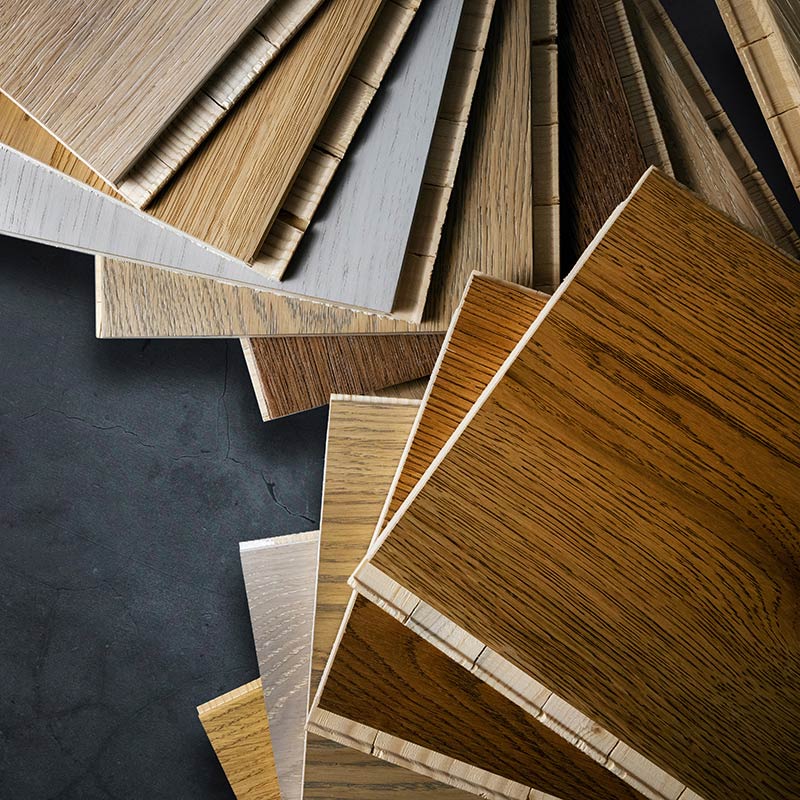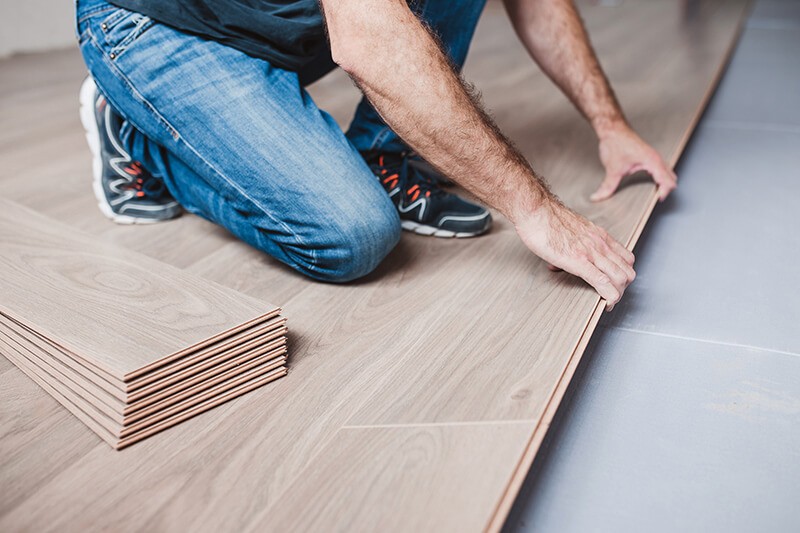The Importance of Laminate Flooring Thickness

Laminate flooring offers a stylish and affordable flooring option for many homeowners. However, not all laminate flooring is created equal. Once you’ve chosen the color and style of your laminate, you’ll need to decide on the thickness. The thickness of your laminate can significantly impact its durability, aesthetics, and overall value.
What is Laminate Flooring Thickness?
Laminate flooring thickness is the total depth of the material, typically measured in millimeters. It ranges from 6mm to 12mm. Laminate flooring is composed of multiple layers, including a base layer, a decorative layer, and a wear layer. The wear layer, the top layer, is essential for durability and scratch resistance.
Does the Thickness of Laminate Matter?

Yes, laminate flooring thickness does matter! The thickness of your laminate can significantly impact its durability, aesthetics, and installation.
Durability
One of the most significant benefits of choosing thicker laminate flooring is its increased durability. Thicker laminate is better equipped to withstand heavy foot traffic, pet scratches, and other forms of wear and tear. The additional thickness provides a protective layer that helps prevent damage to the underlying layers of the flooring.
Aesthetics
Laminate thickness can also impact the overall appearance of your flooring. Thicker laminate can help to mask subfloor imperfections, creating a smoother and more even surface. Additionally, thicker laminate often has a more substantial feel underfoot, which can contribute to a luxurious and premium look.
Installation
While thicker laminate flooring may not significantly affect installation time, it can influence the need for underlayment. Thinner laminate flooring may require a thicker underlayment to provide adequate cushioning and support.
Is Thicker Laminate Better for an Uneven Floor?

Yes, thicker laminate flooring can be a better option for uneven floors. The additional thickness can help to mask imperfections in the subfloor, creating a smoother and more level surface.
What is the Best Thickness of Laminate for Each Room?

- Kitchen: Opt for a thicker laminate, such as 10 or 12 mm, to help withstand heavy foot traffic, spills, and stains.
- Living Room: A thickness of 8 or 10 mm is generally suitable for living rooms.
- Bedroom: A thinner laminate, such as 8 mm, may be sufficient for bedrooms. However, if you prefer a thicker and more luxurious feel, consider a 10 mm option.
- Hallways: Given the high foot traffic in hallways, a thicker laminate of 10 or 12 mm is recommended for durability and longevity.
- Other Rooms: The ideal laminate thickness for other rooms, such as home offices or dining rooms, will depend on the specific usage and desired level of durability. Consider factors like foot traffic and the potential for spills or stains when making your decision.
Choosing the right laminate flooring thickness is essential for ensuring durability, aesthetics, and overall satisfaction. Thicker laminate flooring generally offers superior durability, can help mask subfloor imperfections, and provides a more luxurious feel. When selecting laminate flooring, consider the specific needs of each room in your home. For high-traffic areas like kitchens and hallways, a thicker laminate is recommended. However, for less demanding spaces like bedrooms, a thinner option may suffice. Ultimately, the best laminate thickness for your home will depend on your personal preferences, budget, and lifestyle.
Ready to choose the perfect laminate flooring for your home? Get a free quote with our flooring experts at Carpet To Go. We’ll help you select the ideal laminate thickness and style to meet your needs and budget.
